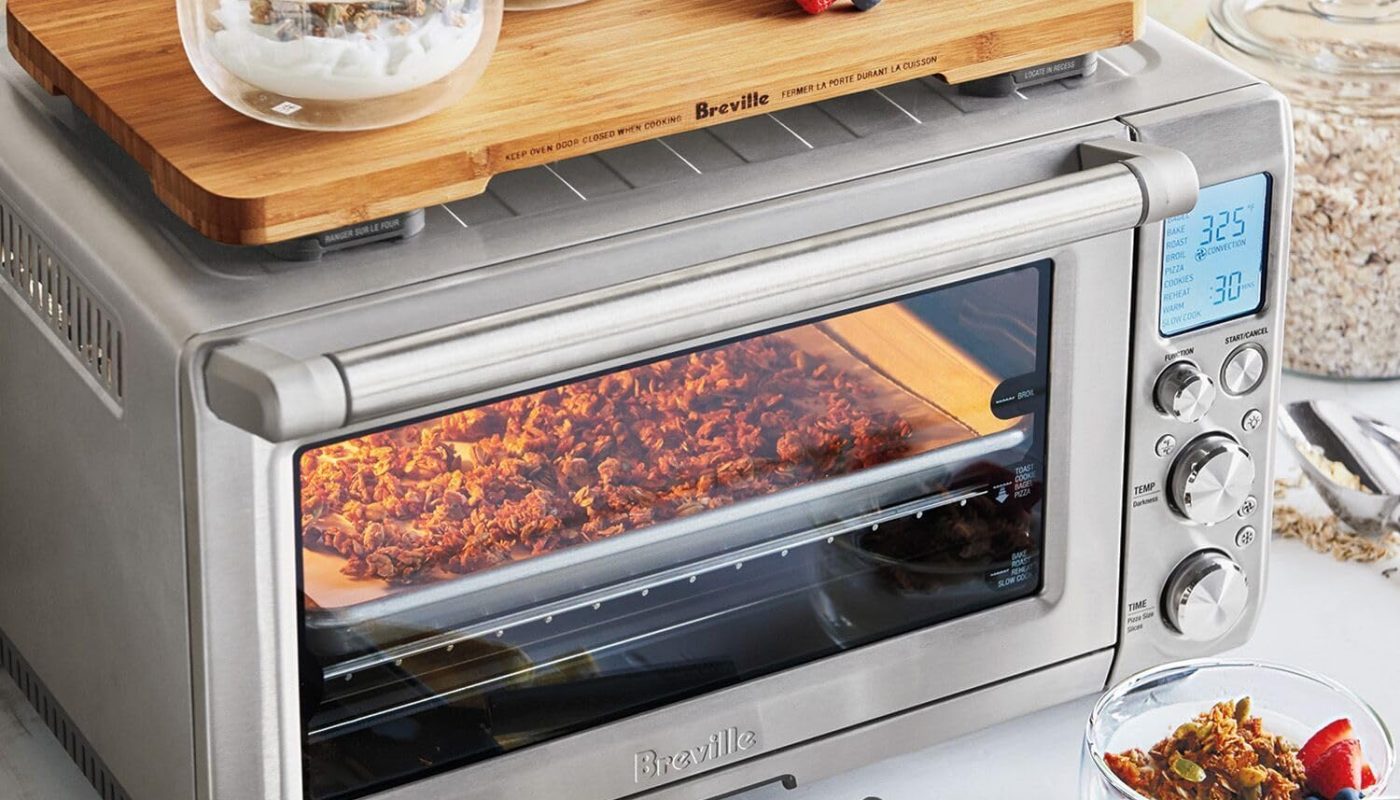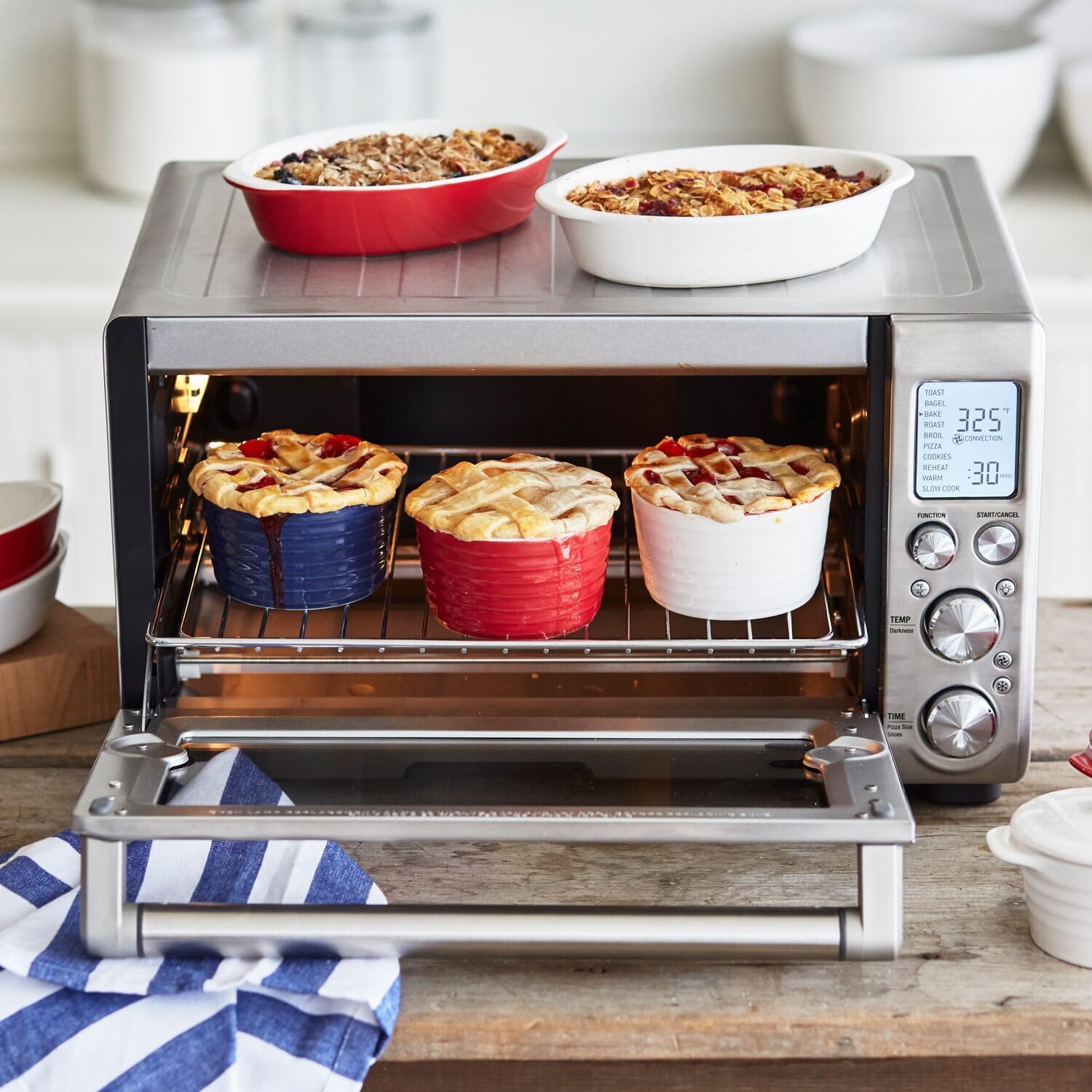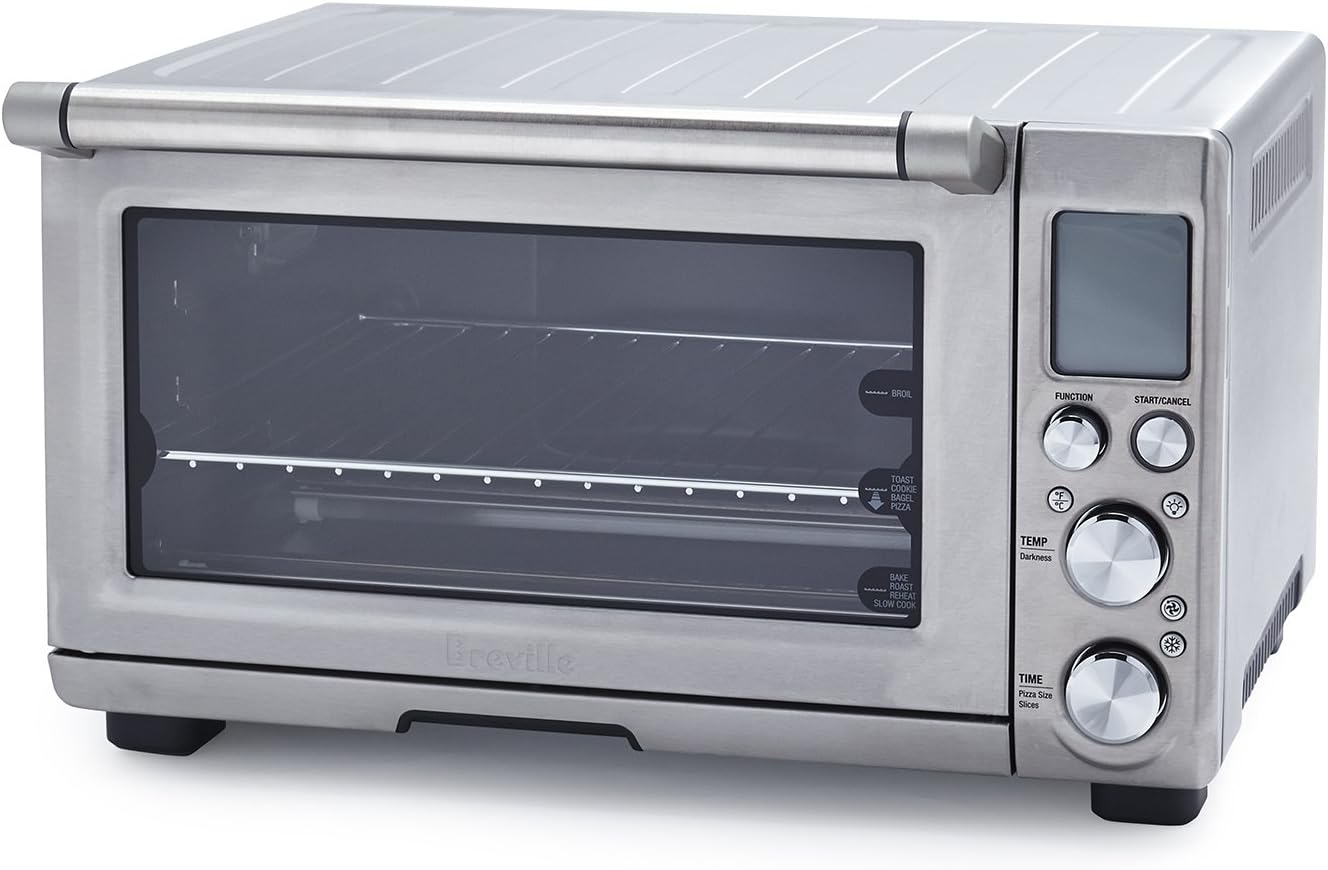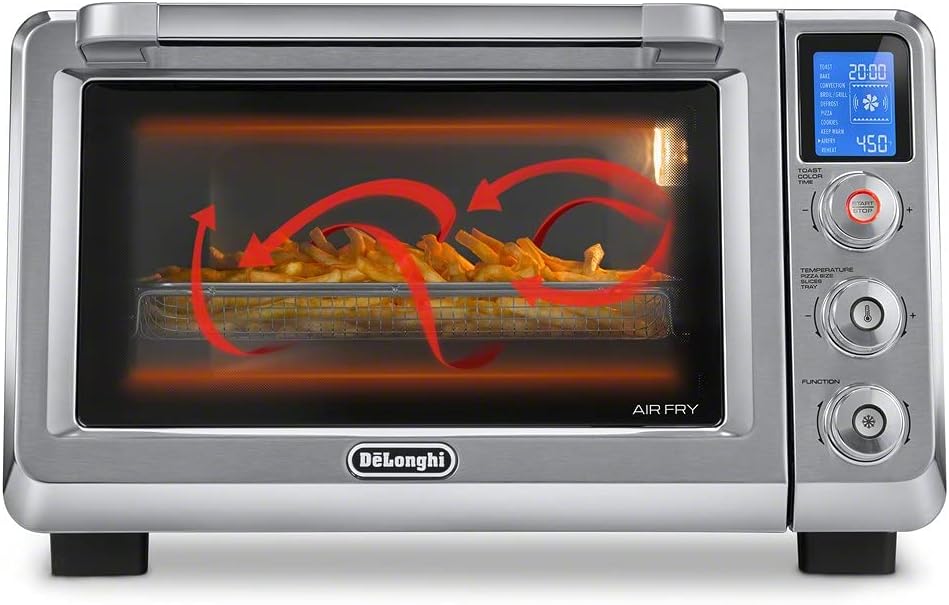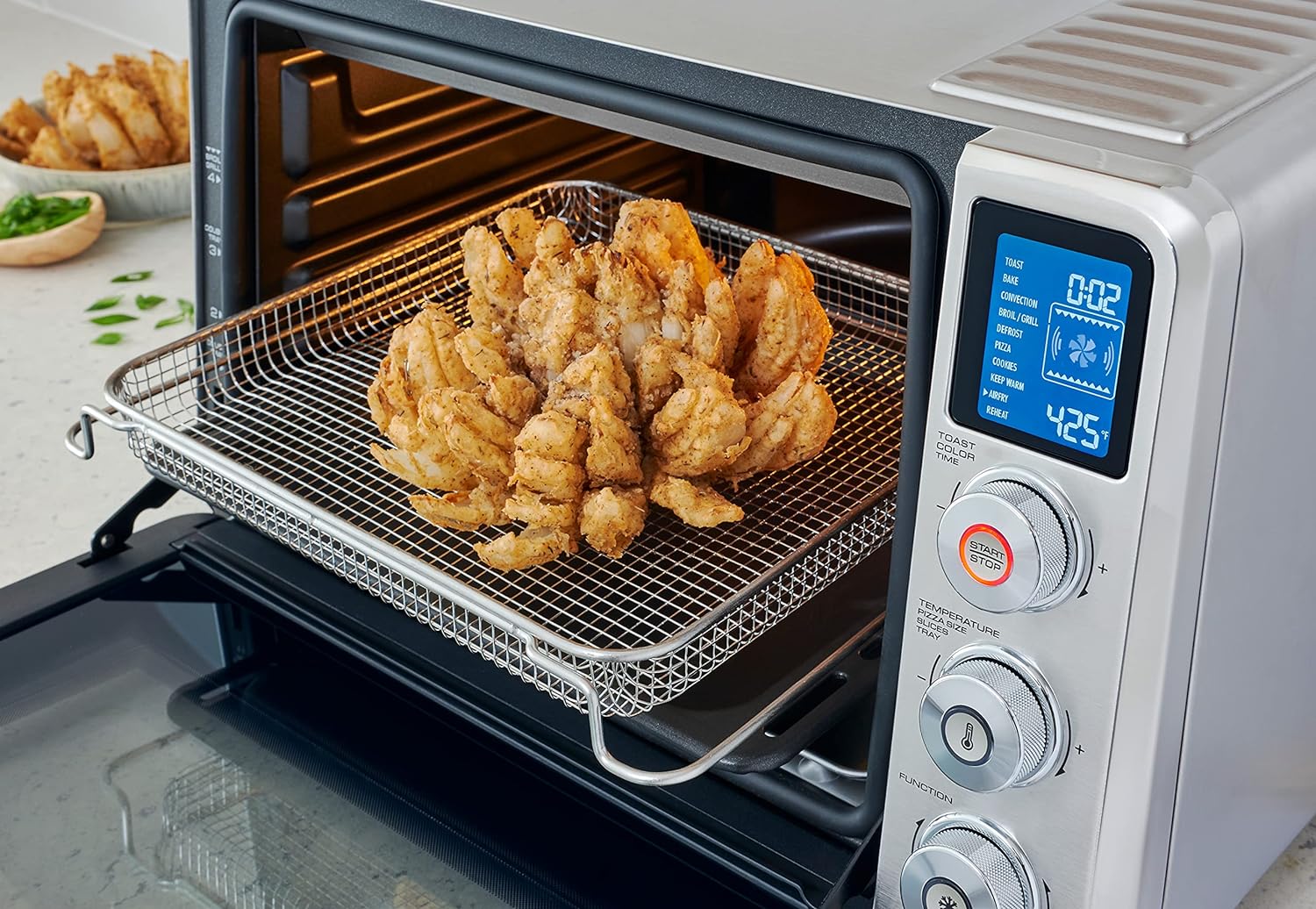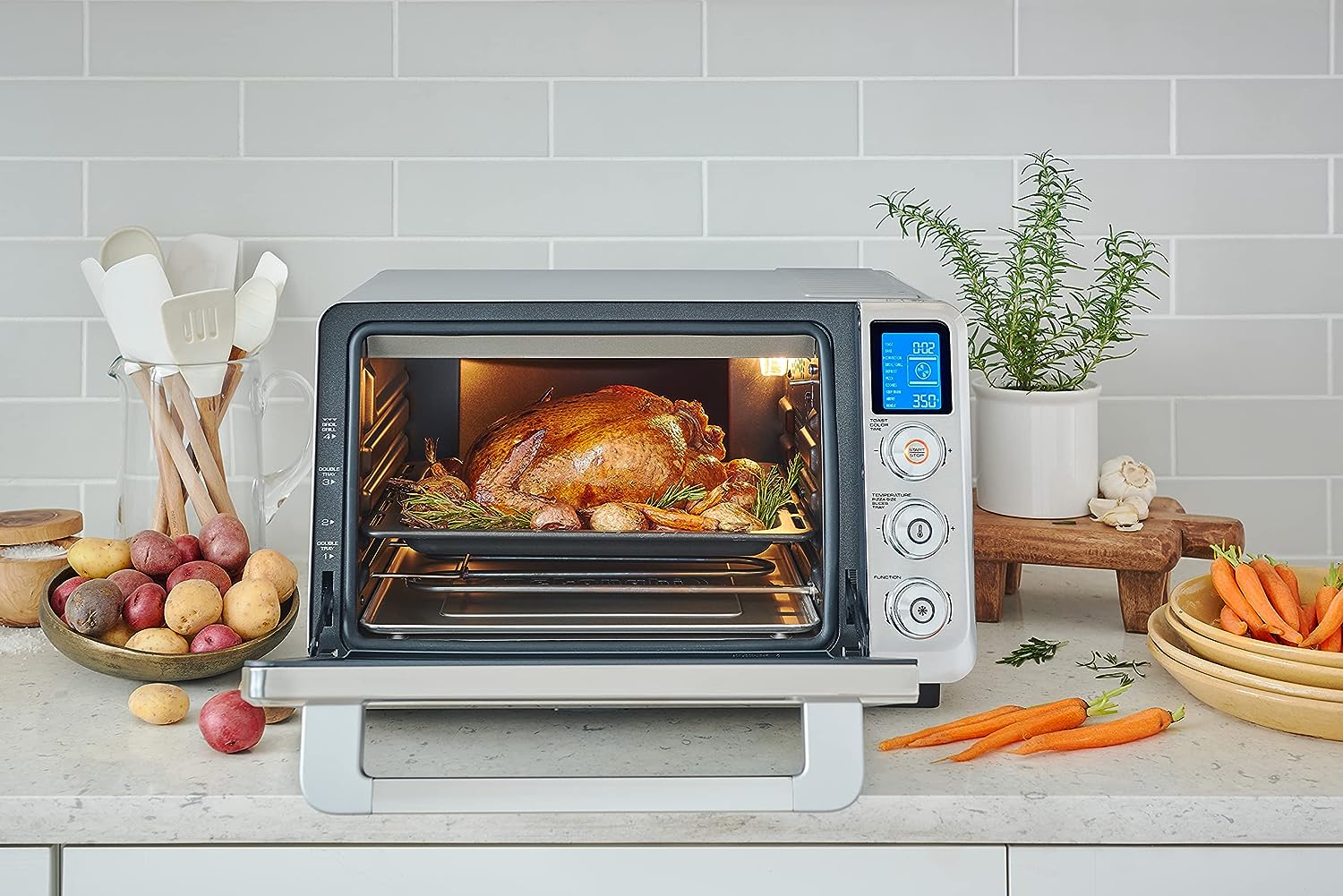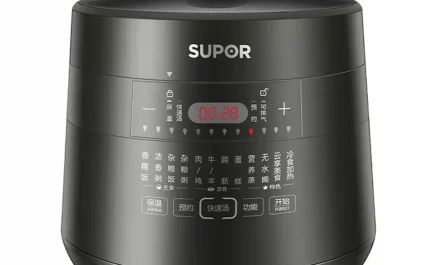Introduction:
Microwaves are a common kitchen appliance that heats food quickly and efficiently using microwave radiation. When it comes to venting, there are different considerations depending on the type of microwave and its installation. In this article, we will explore the need for venting microwaves, the types of microwaves that require ventilation, the importance of proper ventilation, and the potential consequences of inadequate ventilation. Understanding the importance of venting microwaves will help ensure safe and efficient operation in your kitchen.
Do microwaves need to be vented?
Types of Microwaves and Ventilation:
There are primarily two types of microwaves based on ventilation requirements:
a. Countertop Microwaves: Countertop microwaves are standalone units that do not require ventilation. These microwaves are designed to sit on a kitchen countertop or a sturdy surface, and they draw air in from the surrounding environment to cool the appliance.
b. Built-in or Over-the-Range Microwaves: Built-in microwaves and over-the-range microwaves are typically larger and more powerful than countertop models. They are designed to be installed within cabinetry or above a range or cooktop. These types of microwaves often require ventilation to prevent the buildup of heat and steam.
Importance of Proper Ventilation:
Proper ventilation is essential for microwaves, particularly built-in or over-the-range models, for several reasons:
a. Heat Dissipation: Microwaves generate heat during operation, and proper ventilation helps dissipate this heat. Without adequate ventilation, heat can accumulate within the microwave enclosure, leading to potential overheating and reduced performance.
b. Steam and Moisture Removal: Cooking with a microwave often generates steam and moisture, especially when heating liquids or cooking food with high water content. Ventilation helps remove excess steam and moisture, preventing condensation buildup within the microwave and surrounding cabinetry.
c. Odor and Smoke Elimination: Ventilation also helps remove cooking odors and smoke that may be produced during microwave operation. Proper ventilation prevents these odors from lingering in the kitchen and helps maintain a pleasant cooking environment.
d. Protection against Damage: Inadequate ventilation can lead to damage to the microwave itself and the surrounding cabinetry. Excessive heat and moisture can cause deterioration, warping, or discoloration of the microwave unit and the materials it is installed in.
Ventilation Options:
There are different ventilation options available for built-in or over-the-range microwaves:
a. External Ventilation: External ventilation, also known as ducted ventilation, involves the use of an external vent or duct system to expel air and moisture from the microwave to the outside of the building. This type of ventilation is considered the most effective in removing heat, steam, odors, and smoke. It requires proper installation of ductwork to channel the air outside.
b. Recirculating Ventilation: Recirculating ventilation, also known as ductless ventilation, does not involve an external vent system. Instead, it uses filters to remove airborne particles, odors, and smoke before recirculating the air back into the kitchen. This type of ventilation is simpler to install and does not require ductwork, but it may not be as effective in removing heat and moisture as external ventilation.
Consequences of Inadequate Ventilation:
Inadequate ventilation for microwaves, especially built-in or over-the-range models, can lead to various consequences:
a. Reduced Performance: Without proper ventilation, microwaves can overheat, resulting in reduced performance and potentially shorter lifespan. Overheating can cause the microwave to shut down or malfunction.
b. Increased Risk of Fire: Inadequate ventilation can increase the risk of fire hazards. Excessive heat buildup, combined with flammable materials in the surrounding cabinetry, can result in fire or other safety hazards.
c. Moisture and Mold Issues: Insufficient ventilation can lead to the accumulation of excess moisture within the microwave and surrounding areas. This can promote the growth of mold and mildew, which can be harmful to both the appliance and the overall kitchen environment.
d. Damage to Cabinetry: Lack of proper ventilation can cause damage to the cabinetry or surrounding materials. Heat and moisture buildup can lead to warping, discoloration, or deterioration of the cabinet surfaces.
Installation Considerations:
When installing a built-in or over-the-range microwave, it is important to consider the following ventilation-related factors:
a. Manufacturer Guidelines: Always refer to the manufacturer’s instructions and guidelines regarding ventilation requirements specific to the model you are installing. This will ensure compliance with safety standards and optimal performance.
b. Kitchen Layout and Space: Assess the kitchen layout and available space to determine the most suitable ventilation option for your microwave installation. Consider factors such as the proximity to exterior walls, access to ductwork, and the ability to accommodate external venting.
c. Professional Installation: To ensure proper ventilation and compliance with safety standards, it is advisable to seek professional installation assistance. Professionals can assess the specific requirements of your kitchen and install the microwave and ventilation system correctly.
d. Maintenance and Cleaning: Regular maintenance and cleaning of the microwave and its ventilation system are essential for optimal performance and safety. Clean or replace filters as recommended by the manufacturer to maintain efficient airflow and prevent any blockages.
Alternative Ventilation Methods:
In cases where traditional ventilation methods are not feasible or available, there are alternative options to consider for venting microwaves:
a. Window Ventilation: If your kitchen has a window nearby, you can open it while operating the microwave to allow heat, steam, and odors to escape. This temporary solution can help reduce the buildup of heat and moisture in the kitchen.
b. Portable Ventilation Fans: Portable ventilation fans can be used to create airflow and assist in removing heat, steam, and odors from the kitchen. These fans can be placed near the microwave to help circulate air and enhance ventilation.
c. Range Hood: If your microwave is installed above a range or cooktop, it may be beneficial to have a range hood with proper ventilation. Range hoods are designed to remove vapors, smoke, and odors generated during cooking. While they may not specifically address the ventilation needs of the microwave, they can still contribute to overall kitchen ventilation.
Conclusion:
Proper ventilation is crucial for microwaves, especially built-in or over-the-range models. Countertop microwaves do not require specific ventilation, as they draw air from the surrounding environment. However, built-in and over-the-range microwaves generate heat, steam, and odors that need to be properly ventilated. External or recirculating ventilation options are available, each with its own advantages. Inadequate ventilation can lead to reduced performance, fire hazards, moisture and mold issues, and damage to surrounding cabinetry. Installation should adhere to manufacturer guidelines, and professional assistance may be necessary for optimal ventilation. Regular maintenance and cleaning of the microwave and ventilation system are also important. By ensuring proper ventilation, you can promote safe and efficient operation of your microwave and maintain a comfortable and healthy kitchen environment.

